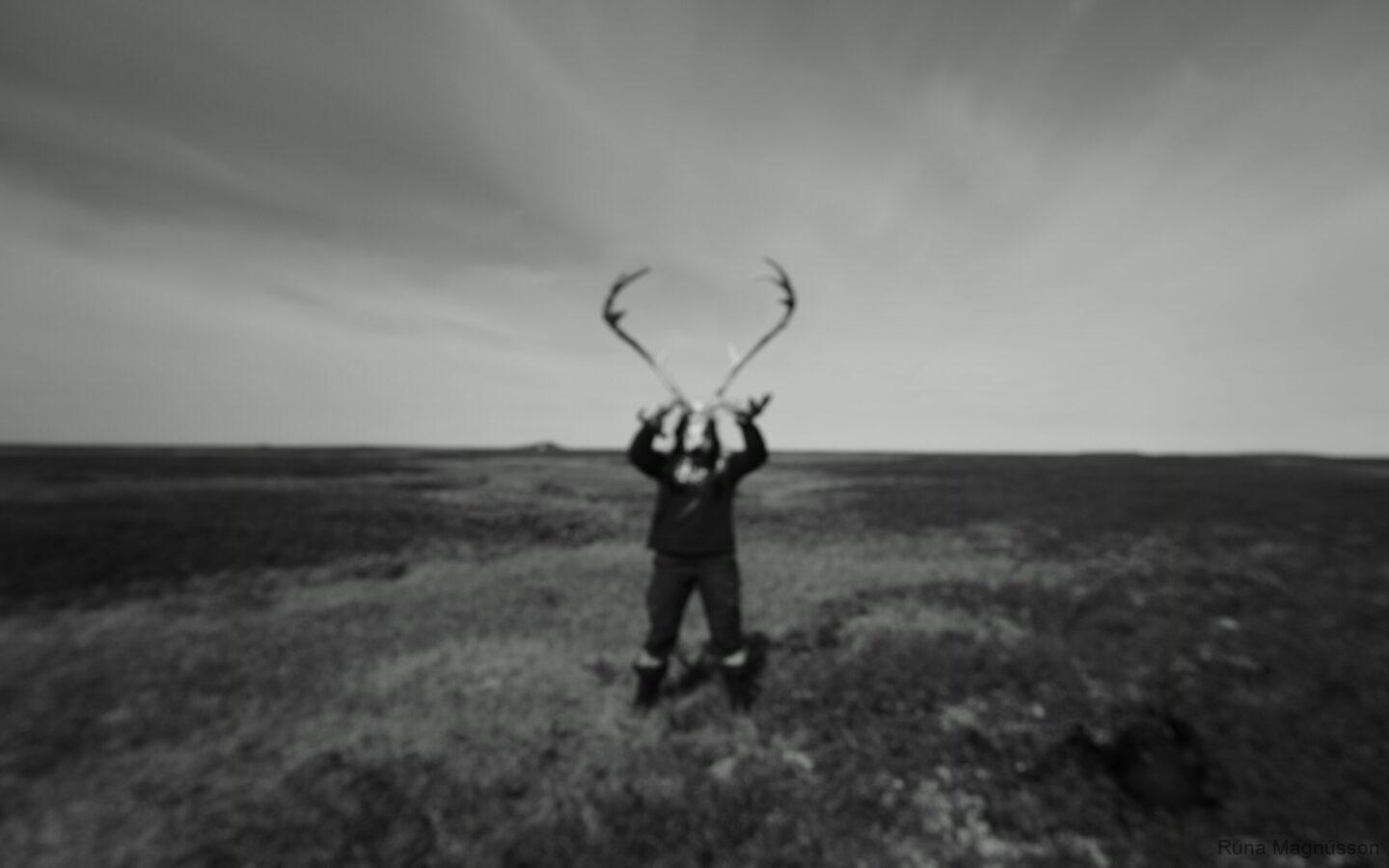After my PhD work in Siberia came to a forced stop, I had to quickly look for alternatives to continue my institute’s tundra research. Especially since our rainfall experiment in Siberia had yielded such fascinating and alarming results, we wanted to carry forth this type of study. Heavy rain in summer turned out to be quite detrimental for permafrost in the Siberian tundra, but we did not know how representative this would be for other Arctic permafrost regions. In a warmer climate, the Arctic regions will experience more rainfall, and more days with extremely heavy rainfall. Could rain accelerate permafrost thaw across the polar regions, or was there some combination of circumstances that made the ice-rich Siberian permafrost particularly sensitive?
I had fallen in love with Svalbard a bit after I did a PhD course in Climate Change Biology and UNIS. Svalbard is also quite different from Siberia; a more maritime climate, which means the summers are less warm and the winters are less cold. It has more rocky and mountainous terrain, and a variety of different landscape types close by the capital Longyearbyen. So, Svalbard seemed like a strategic place to continue with a new generation of rainfall experiments, which we called “T-REX“. We started our field project there in July 2022.

In every place we work, we lay out little areas marked with chopsticks, which we subdivide over “irrigated” and “non-irrigated” areas. This gives us the best insight into the possible consequences of heavy rainfall events, since we can simulate it in a controllable way and compare findings to the sites that did not experience heavy rainfall treatment. In each little area we regularly measure the thawing depth of permafrost, moisture content of the soil, growth of plants and a variety of other tundra ecosystem properties. We play with rainfall with different timings in the season; perhaps rainfall has a stronger or different effect if it occurs early in summer rather than later? We also keep measuring in the year after we irrigated, to see if the effects might last for more than one summer season.






